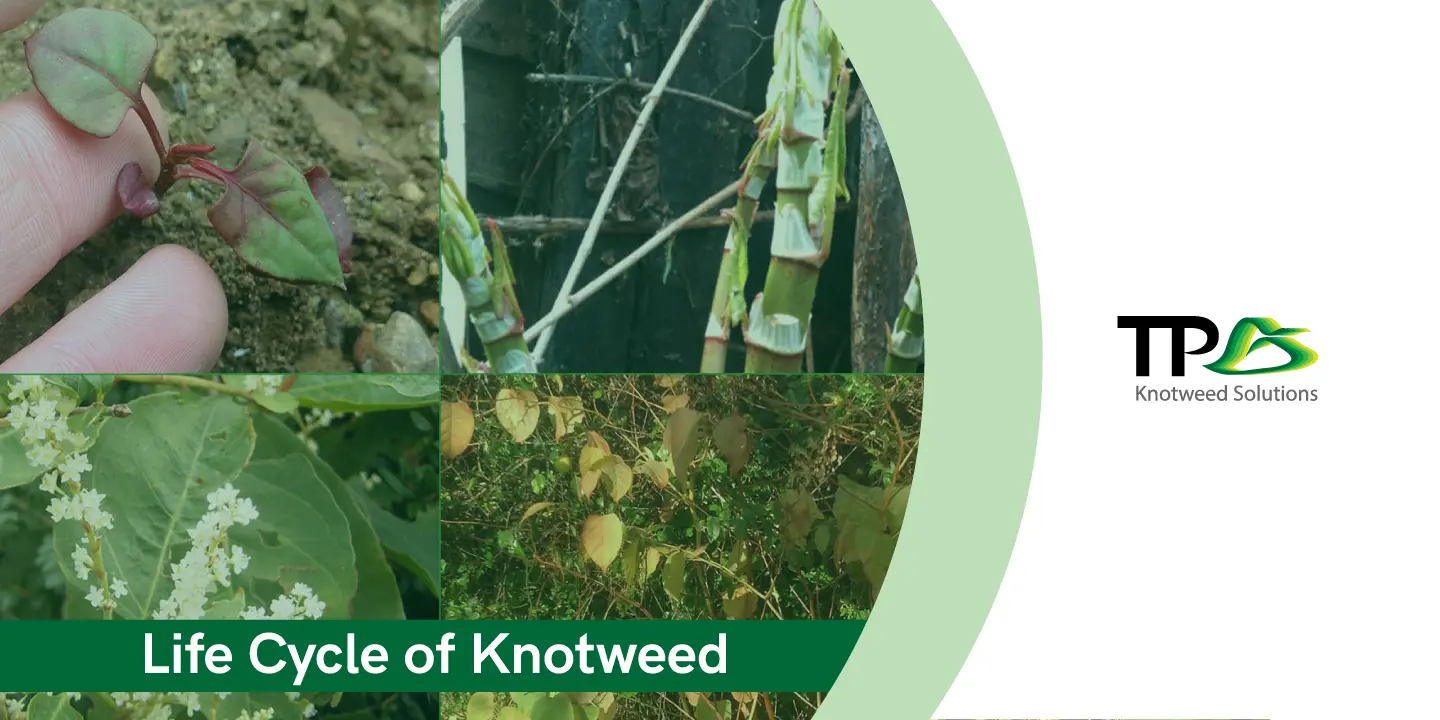Japanese Knotweed (Fallopia japonica) is an invasive plant species that has become a significant concern in the United Kingdom. Its rapid growth and destructive nature have earned it a notorious reputation. To effectively manage and control this plant, it is crucial to understand its life cycle. This blog will guide you through the different stages of the Japanese Knotweed life cycle, shedding light on the plant’s growth patterns and strategies for effective management.
The Life Cycle of Japanese Knotweed
Dormancy
Japanese Knotweed begins its life cycle in a dormant stage during the winter months. During this period, the plant’s energy reserves are stored in its extensive underground rhizome system, which enables it to survive harsh weather conditions.
Early Spring Growth
As spring arrives, Japanese Knotweed starts to emerge from its dormant state. The plant’s reddish-purple shoots begin to emerge from the ground, rapidly growing in height. These initial shoots can appear similar to asparagus spears.
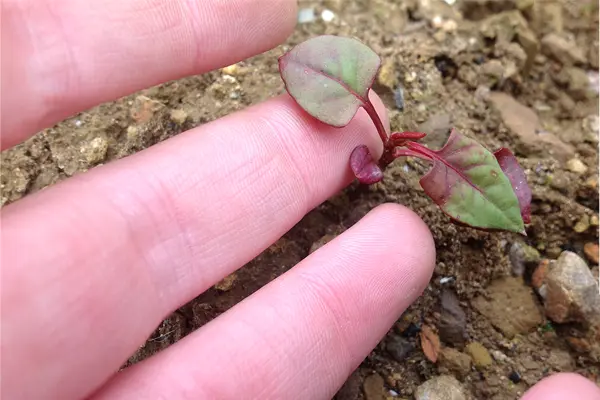
Leaf Development
Following the initial growth, the characteristic heart-shaped leaves of Japanese Knotweed start to unfurl. The leaves are vibrant green in colour, and their arrangement is alternating along the reddish-purple stems. With each passing day, the plant dedicates its energy towards leaf development, spreading its foliage outwards.
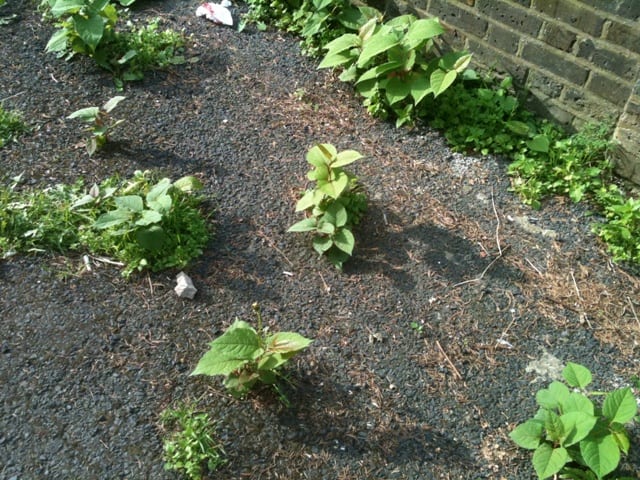
Rapid Growth
Throughout the summer months, Japanese Knotweed exhibits an astonishing growth rate, sometimes reaching up to 2-3 meters in height. The plant’s lush green leaves create a dense canopy, shading out other plants and significantly hampering their growth.
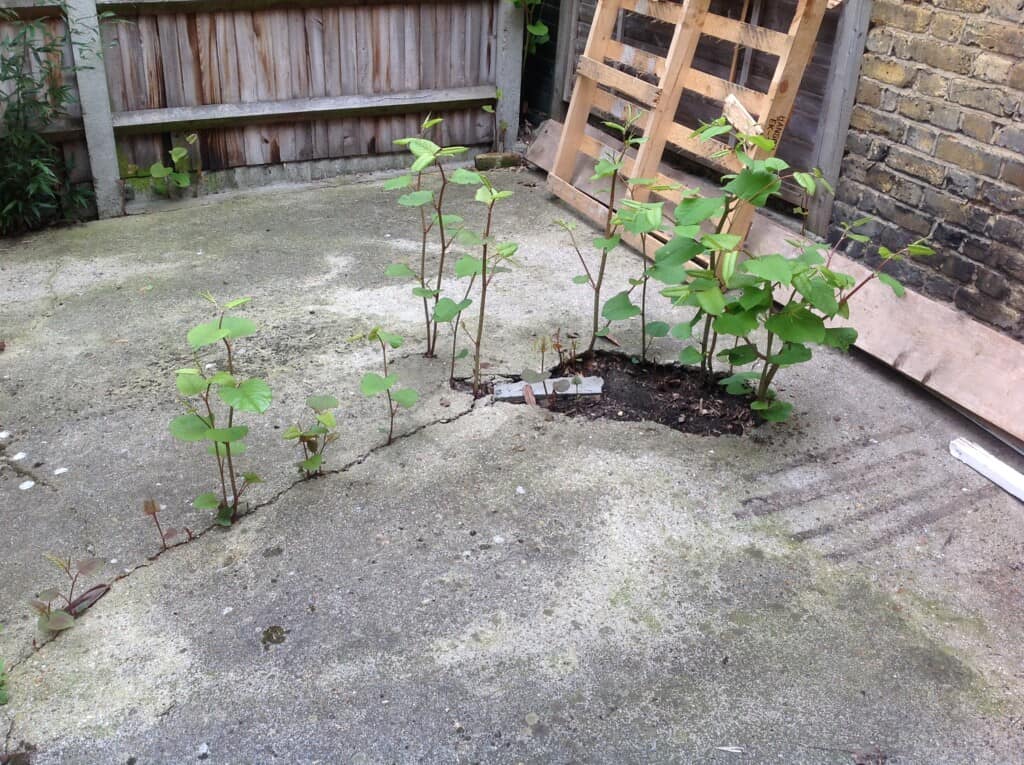
Flowering
In late summer or early autumn, Japanese Knotweed produces small, creamy-white flowers arranged in clusters. Although the flowers themselves are not remarkably significant, their production requires a considerable amount of the plant’s resources and energy. This stage is crucial for reproduction, and it enables the plant to spread and establish itself in new areas.
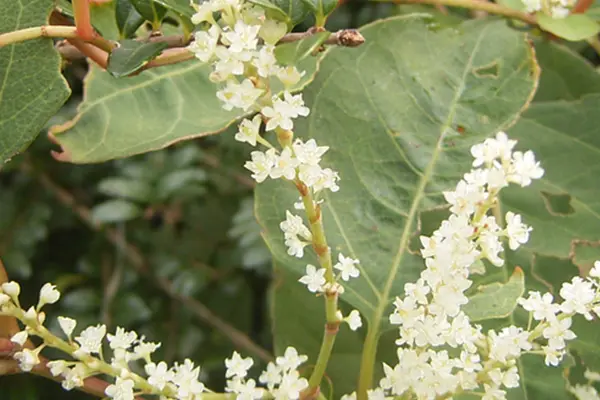
Seed Development
Following the flowering stage, Japanese Knotweed develops small, winged seeds. However, it’s important to note that the plant rarely reproduces from seed in the UK. Most reproduction occurs vegetatively, primarily through the growth and spread of its extensive rhizome system.
Autumn/Winter Decline
As the colder months approach, the vibrant green foliage of Japanese Knotweed starts to turn yellow and eventually brown. The plant begins to senesce, preparing for the winter dormancy period. The above-ground foliage dies back, but the extensive rhizome system remains alive beneath the surface, ready to initiate new growth in the following spring.
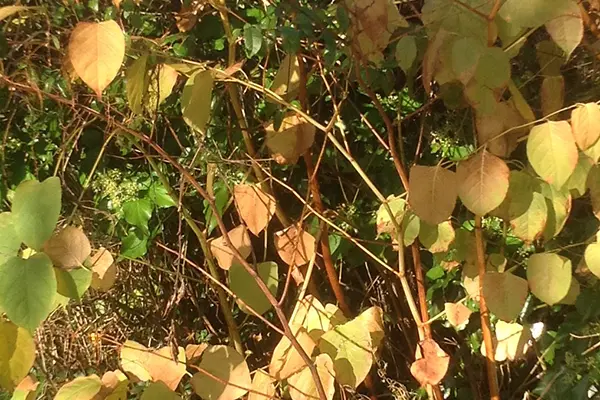
Management and Control
Effective management and control of Japanese Knotweed require an understanding of its life cycle. The plant’s extensive rhizome system makes it resilient and difficult to eradicate. Integrated approaches involving chemical treatment, excavation, and disposal, or a combination of methods are commonly employed to manage its spread. It is crucial to consult with qualified professionals to develop an appropriate management plan tailored to your specific situation.
Japanese Knotweed’s life cycle encompasses stages of dormancy, early spring growth, leaf development, rapid growth, flowering, seed development, and autumn/winter decline. The plant’s resilience and aggressive growth patterns make it a formidable invasive species. Timely and appropriate management practices are essential to prevent its spread and minimize its impact on the environment. Contact Us Today, take control before it is too late!
